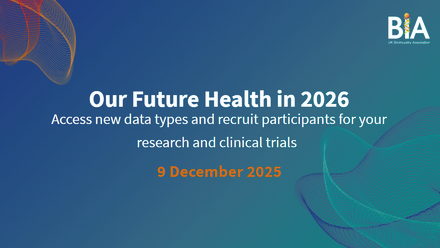Brainomix driving treatment decisions in stroke
OXFORD, UK, and CHICAGO, USA May 29 2025 – Brainomix, a global leader in AI-powered imaging solutions in stroke and lung fibrosis, presented a series of new studies at the European Stroke Organisation Conference (ESOC) in Helsinki, solidifying the position of its market-leading Brainomix 360 Stroke as the most clinically validated stroke AI imaging solution.
Gary Ford (Professor of Stroke Medicine at Oxford University, and Chief Executive of Health Innovation Oxford & Thames Valley) presented new and expanded results from the largest prospective evaluation of stroke AI imaging software, showing that the use of Brainomix 360 Stroke was associated with an increase in mechanical thrombectomy rates across evaluation sites. The impact was particularly significant in primary stroke centers (104% increase), but was also observed in comprehensive stroke centers (73% increase), representing a network-wide benefit from Brainomix 360 Stroke to expand patient access to the life-changing procedure.
Dr Albert Yoo (Texas Stroke Institute) presented results from a research collaboration between Brainomix and the TESLA Trial team, whose randomized study was originally published in JAMA in September 2024. In this new analysis of the trial data, Brainomix 360 Stroke was used to estimate the ischemic core volume and degree of hypoattenuation on the non-contrast CT (NCCT) scans taken upon admission for the 276 large vessel occlusion (LVO) patients included in the original study. The results showed that both ischemic core volume and the degree of hypoattenuation (as measured by net-water-uptake) modified the effect of mechanical thrombectomy and should therefore be considered when assessing suitability of endovascular treatment in patients with large core ischemic stroke.
Building on its track record of cutting-edge stroke imaging research, Brainomix also presented a new study with leading academic clinicians from the Mayo Clinic and West Virginia University, exploring brain frailty as an independent predictor of functional outcome in patients undergoing mechanical thrombectomy. George Harston, Chief Medical & Innovation Officer at Brainomix, said: “This is an exciting study, where our next generation biomarkers were able to assess brain frailty, finding it to be a useful criterion when assessing a patient’s suitability for mechanical thrombectomy and the likelihood of them achieving a good clinical outcome.” This topic will be included with other breakthrough research projects in an upcoming webinar that Brainomix have organized with Dr Ansaar Rai and Dr Waleed Brinjikji on Thursday, June 12.
Brainomix supported a number of additional studies at ESOC, including:
- Dr Amelia Adcock (West Virginia University) presented the results of a comparative analysis of Brainomix 360 Stroke and Viz.ai, with the findings demonstrating that both AI solutions accurately identified intracranial LVOs. Notably, Brainomix 360 Stroke did exhibit a higher sensitivity for more distal occlusions and was the only CT perfusion solution that showed a significant association between perfusion deficit and NIHSS.
- Dr Esra Zhubi (Semmelweis University, Budapest) presented results from a study where Brainomix 360 Stroke was used to assess collateral status on CT angiography. The team concluded that changes in collateral status during transfer for thrombectomy were strong predictors of outcome following thrombectomy in LVO patients.
- A research collaboration between Brainomix and Boston Medical Center assessed the accuracy of Brainomix 360 Stroke’s automated hemorrhage detection tool to identify intracerebral hemorrhage (ICH). A total of 351 cases were successfully processed, with the Brainomix software exhibiting high overall sensitivity (93%) and specificity (94%), demonstrating high efficiency and efficacy for all subtypes of ICH detection to provide a reliable triage and notification service to aid clinicians in identifying cases.
- A study with leading stroke researchers in Czechia looked at the utility of CT Perfusion processed with Brainomix 360 Stroke to more effectively differentiate stroke mimics from strokes, as a way of optimizing care and reducing the risk of inappropriate treatment for stroke mimic patients.






